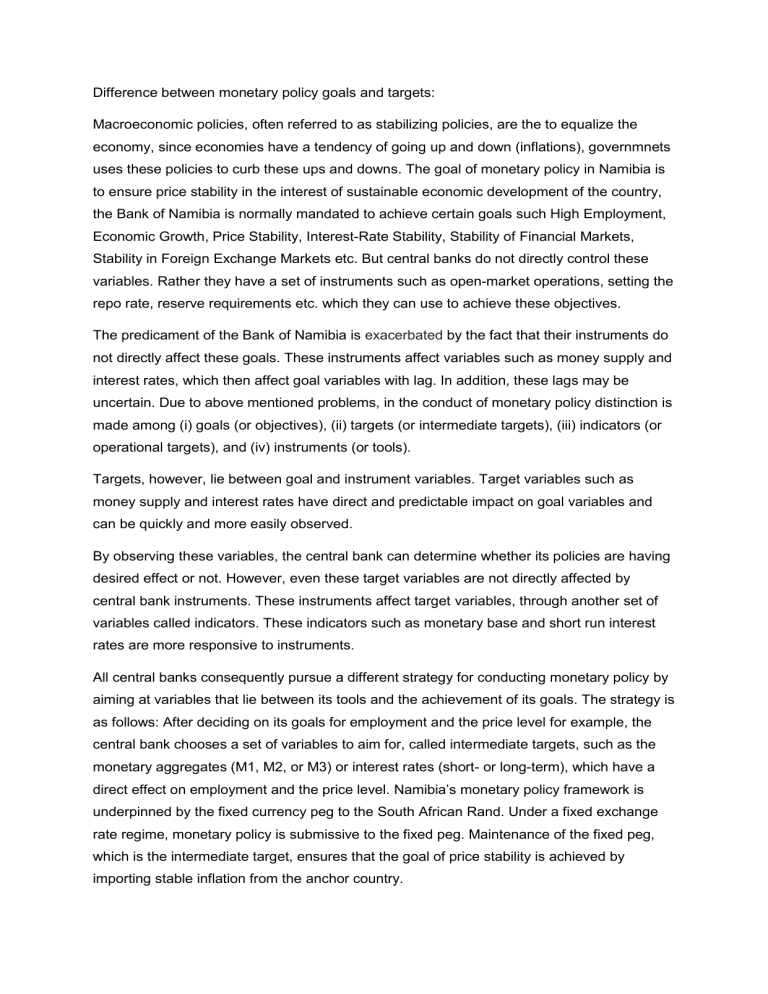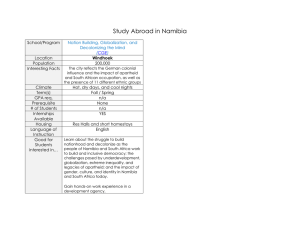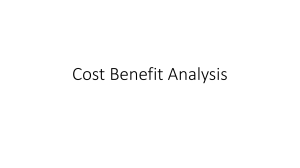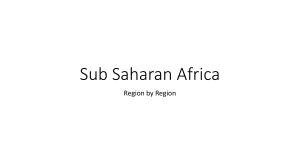
Difference between monetary policy goals and targets: Macroeconomic policies, often referred to as stabilizing policies, are the to equalize the economy, since economies have a tendency of going up and down (inflations), governmnets uses these policies to curb these ups and downs. The goal of monetary policy in Namibia is to ensure price stability in the interest of sustainable economic development of the country, the Bank of Namibia is normally mandated to achieve certain goals such High Employment, Economic Growth, Price Stability, Interest-Rate Stability, Stability of Financial Markets, Stability in Foreign Exchange Markets etc. But central banks do not directly control these variables. Rather they have a set of instruments such as open-market operations, setting the repo rate, reserve requirements etc. which they can use to achieve these objectives. The predicament of the Bank of Namibia is exacerbated by the fact that their instruments do not directly affect these goals. These instruments affect variables such as money supply and interest rates, which then affect goal variables with lag. In addition, these lags may be uncertain. Due to above mentioned problems, in the conduct of monetary policy distinction is made among (i) goals (or objectives), (ii) targets (or intermediate targets), (iii) indicators (or operational targets), and (iv) instruments (or tools). Targets, however, lie between goal and instrument variables. Target variables such as money supply and interest rates have direct and predictable impact on goal variables and can be quickly and more easily observed. By observing these variables, the central bank can determine whether its policies are having desired effect or not. However, even these target variables are not directly affected by central bank instruments. These instruments affect target variables, through another set of variables called indicators. These indicators such as monetary base and short run interest rates are more responsive to instruments. All central banks consequently pursue a different strategy for conducting monetary policy by aiming at variables that lie between its tools and the achievement of its goals. The strategy is as follows: After deciding on its goals for employment and the price level for example, the central bank chooses a set of variables to aim for, called intermediate targets, such as the monetary aggregates (M1, M2, or M3) or interest rates (short- or long-term), which have a direct effect on employment and the price level. Namibia’s monetary policy framework is underpinned by the fixed currency peg to the South African Rand. Under a fixed exchange rate regime, monetary policy is submissive to the fixed peg. Maintenance of the fixed peg, which is the intermediate target, ensures that the goal of price stability is achieved by importing stable inflation from the anchor country. However, even these intermediate targets are not directly affected by the central bank’s policy tools. Therefore, it chooses another set of variables to aim for, called operating targets, or alternatively instrument targets, the operational target is an economic variable that the central bank wants to influence, largely on a day-to-day basis, through its monetary policy instruments, such as monetary base or high-powered money or short run interest rate (Rate on Treasury Bill, Overnight Rate). Although there is no formal operational target in Namibia, the Bank of Namibia monitors the level of official reserves, as the fixed currency peg requires the country to fully back its currency in circulation with international reserves to import stable prices from South Africa Therefore, the Bank of Namibia pursues this strategy because it is easier to hit a goal by aiming at targets than by aiming at the goal directly. Specifically, by using intermediate and operating targets, it can more quickly judge whether its policies are on the right track, rather than waiting until it sees the outcome of its policies on employment and the price level. The rationale behind a central bank’s strategy of using targets suggests three criteria for choosing an intermediate target: It must be measurable, it must be controllable by the central bank, and it must have a predictable effect on the goal. The Bank of Namibia uses the operating and intermediate targets to direct monetary policy toward the achievement of its goals. By using intermediate and operating targets, the bank of namibia can more quickly judge whether its policies are on the right track and make midcourse corrections, rather than waiting to see the outcome of its policies on such goals as employment and the price level. The Bank of Namibia policy tools directly affect its operating targets, which in turn affect the intermediate targets, which in turn affect the goals. Effective fisctal policy 5. independent Central banl








